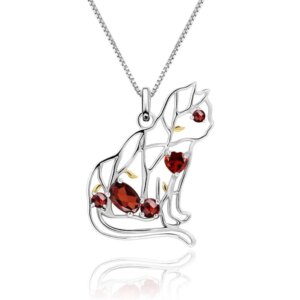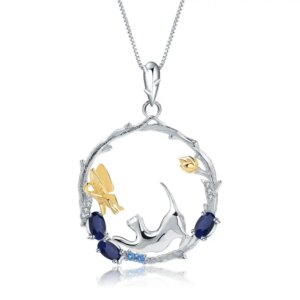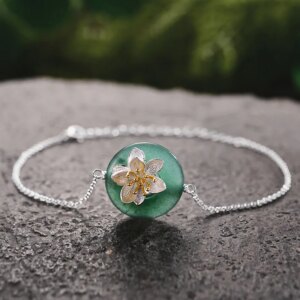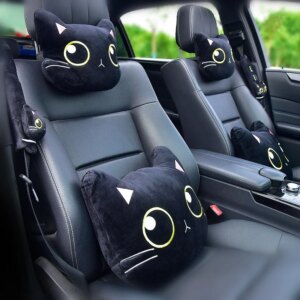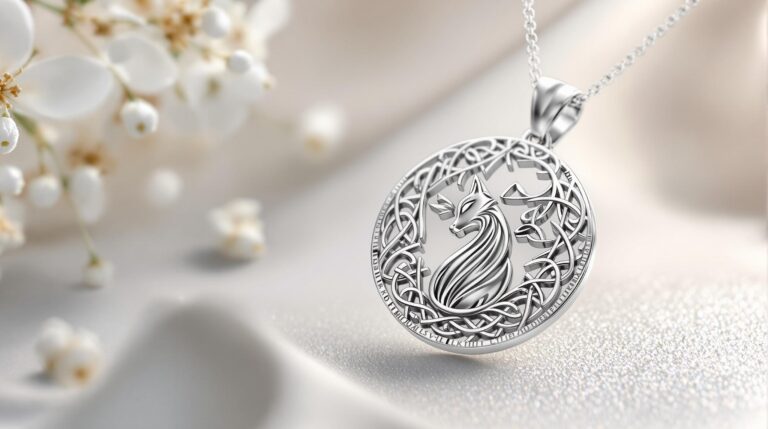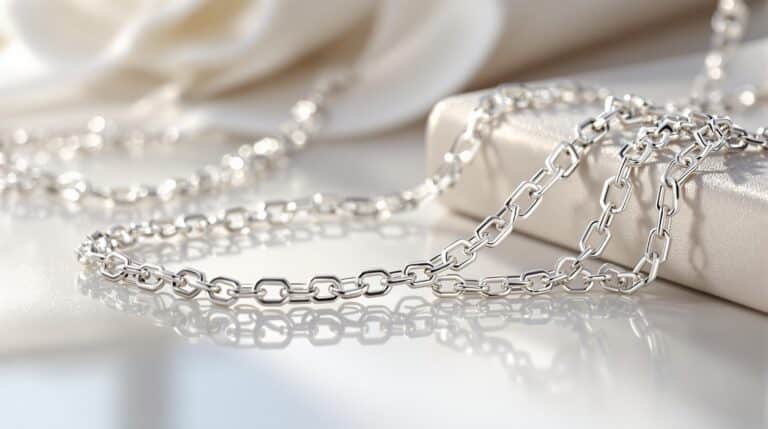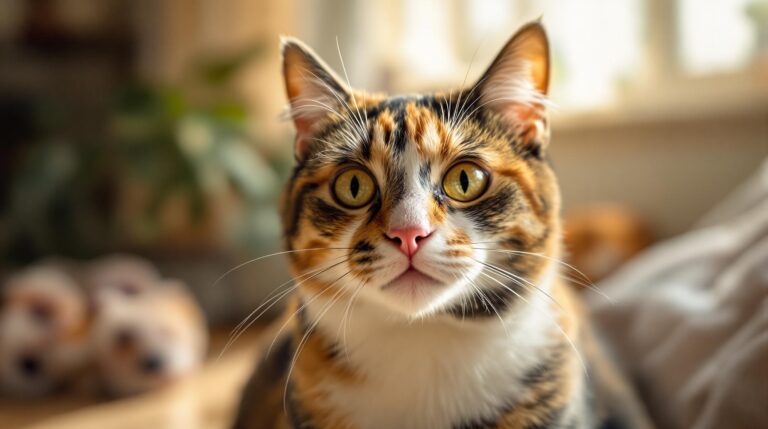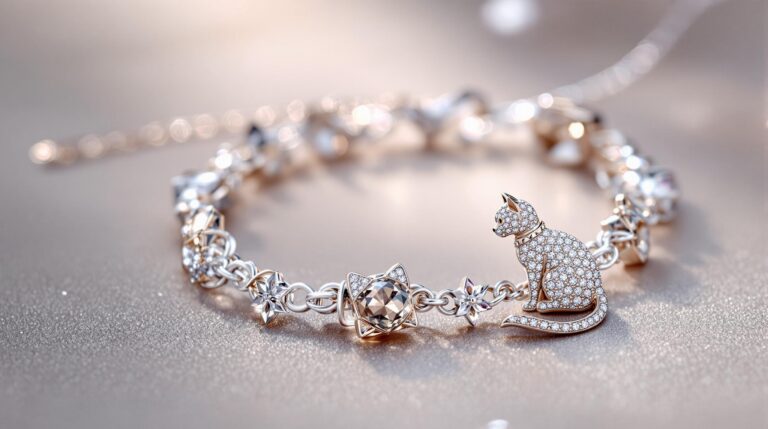Discover why Cats Don’t Dance and explore the fascinating world of cat behavior. Learn how to keep your feline friend engaged and active through training, play, and enrichment activities. This article will provide valuable insights and practical tips to enhance your cat’s quality of life and strengthen your bond with them.
Understanding Cat Behavior
Natural Instincts and Hunting Skills
At Cat Karma Creations, we understand that cats are natural predators, and their behavior is deeply rooted in their hunting instincts. These instincts are why cats don’t dance. Instead of engaging in human-like activities like dancing, they focus on activities that mimic their natural hunting behaviors. For example, a cat’s agility and quick reflexes are essential for pouncing on prey, making them more inclined to jump, climb, and run rather than perform coordinated dance moves.
Understanding these natural instincts can help you provide appropriate activities that satisfy your cat’s need for exercise and mental stimulation. Activities like chasing laser pointers or playing with feather wands can be highly engaging and fulfilling for your cat, as they simulate hunting scenarios. If you need more ideas or unique gifts, feel free to visit our website or contact us at info@catkarmacreations.com.
The Role of Play in Cat Behavior
Play is a crucial aspect of cat behavior, contributing to both physical and mental health. Engaging in playtime helps cats develop essential skills, such as coordination, balance, and problem-solving. While cats don’t dance, they can perform a variety of movements that are just as impressive, such as jumping, spinning, and pouncing.
Interactive toys, such as puzzle feeders and treat-dispensing toys, can keep your cat mentally engaged and physically active. These toys challenge your cat to think and work for their rewards, providing a sense of achievement and satisfaction. For a wide range of interactive toys and gifts, visit our online boutique.
Common Behavior Problems and Solutions
Cats can exhibit a range of behavior problems, such as scratching furniture, excessive meowing, and aggression. These issues often arise from a lack of mental and physical stimulation. By providing enrichment activities and addressing the root causes of these behaviors, you can help your cat feel more content and reduce problematic behaviors.
For example, if your cat is scratching furniture, you can provide scratching posts and cat trees to redirect this behavior. Regular play sessions can also help reduce stress and anxiety, which are often underlying factors in behavior problems. If you need more guidance or unique solutions, feel free to reach out to us at (800) 343-1604 or through our contact form.
Training Your Cat to Perform Tricks
Cats Don’t Dance Basic Training Tips
Training your cat to perform simple tricks can be a fun and rewarding experience for both you and your feline friend. Start with basic commands like sitting, shaking paws, and coming when called. Positive reinforcement techniques, such as using treats and praise, can encourage your cat to learn and perform these tricks consistently.
Consistency is key when training your cat. Short, frequent training sessions are more effective than long, infrequent ones. Always end each session on a positive note, even if your cat hasn’t mastered the trick yet. This helps build a positive association with training and keeps your cat motivated.
Advanced Tricks and Techniques
Once your cat has mastered basic commands, you can move on to more advanced tricks. Tricks like jumping through hoops, spinning on command, and even walking on a leash can be taught with patience and positive reinforcement. These tricks not only provide mental stimulation but also help strengthen the bond between you and your cat.
When teaching advanced tricks, break them down into smaller, manageable steps. For example, to teach your cat to jump through a hoop, start by getting them to jump over a low bar and gradually increase the height and complexity of the task. Always make sure to reward your cat for each successful step to keep them engaged and motivated.
Positive Reinforcement Methods
Positive reinforcement is a highly effective method for training cats. This approach involves rewarding your cat for desired behaviors, such as performing a trick or using a scratching post. Rewards can be in the form of treats, praise, or playtime. The key is to provide the reward immediately after the desired behavior to reinforce the connection between the action and the reward.
It’s important to choose rewards that your cat finds motivating. Some cats are more food-motivated, while others prefer play or affection. Experiment with different rewards to find what works best for your cat. Consistency and patience are also crucial in positive reinforcement training. Avoid using punishment or negative reinforcement, as these can damage your relationship with your cat and lead to fear or aggression.
Enrichment Activities for Cats
Interactive Toys and Games
Interactive toys and games are essential for keeping your cat entertained and active. These toys can range from simple items like balls and feathers to more complex toys that require problem-solving skills. Interactive toys help cats burn off excess energy, reduce boredom, and stay mentally sharp.
Some popular interactive toys include laser pointers, feather wands, and treat-dispensing balls. These toys can be used during play sessions to engage your cat in active play. Additionally, DIY toys, such as cardboard boxes and paper bags, can provide endless entertainment and are budget-friendly. For a variety of unique and stylish cat-themed gifts and toys, visit our online store.
Puzzle Feeders and Mental Stimulation
Puzzle feeders are a great way to provide mental stimulation for your cat. These toys require your cat to solve puzzles or manipulate objects to access food or treats. Puzzle feeders can help slow down eating, reduce overeating, and provide mental challenges that keep your cat engaged and entertained.
There are many types of puzzle feeders available, from simple rolling balls to more complex multi-level puzzles. You can also create DIY puzzle feeders using household items like cardboard boxes and plastic bottles. The key is to choose puzzles that are challenging but not frustrating for your cat. Gradually increase the difficulty level as your cat becomes more proficient at solving the puzzles.
Creating a Stimulating Environment
Creating a stimulating environment is crucial for your cat’s well-being. A well-designed environment should provide a variety of activities and spaces that cater to your cat’s physical and mental needs. This can include scratching posts, climbing trees, and perches that offer a vantage point to observe their surroundings.
Consider setting up an agility course in your home or garden to provide physical and mental challenges. Agility training can help improve your cat’s agility, coordination, and confidence. Use tunnels, hurdles, and balance beams to create an engaging and stimulating course. Regular play sessions and interactive activities can also help keep your cat engaged and happy. For more ideas and unique gifts, visit our nature-inspired collection.
The Benefits of Regular Exercise
Physical Health and Weight Management
Regular exercise is essential for maintaining your cat’s physical health and managing their weight. Obesity is a common problem in indoor cats, and it can lead to a range of health issues, including diabetes, arthritis, and heart disease. Engaging your cat in regular physical activities can help them maintain a healthy weight and reduce the risk of these conditions.
Physical exercise also helps improve your cat’s muscle tone and overall fitness. Activities like running, jumping, and climbing can strengthen your cat’s muscles and improve their cardiovascular health. Regular play sessions and interactive activities can be a fun and effective way to keep your cat active and healthy.
Mental Well-Being and Stress Reduction
Regular exercise and mental stimulation are crucial for your cat’s mental well-being. Engaging in activities that challenge their mind and body can help reduce stress and anxiety. Stress can lead to a range of behavior problems, such as excessive meowing, aggression, and destructive behavior. By providing opportunities for mental and physical engagement, you can help your cat feel more content and relaxed.
Mental stimulation can be achieved through a variety of activities, such as puzzle feeders, interactive toys, and agility training. These activities can help keep your cat’s mind sharp and prevent boredom. Regular play sessions can also provide a sense of routine and predictability, which can be comforting for your cat.
Choosing the Right Exercise Equipment
Choosing the right exercise equipment is important for ensuring your cat stays active and engaged. There are many types of equipment available, from simple toys to more advanced tools. Some popular options include:
- Cat wheels: These large, hamster-wheel-like structures provide a great way for cats to run and exercise indoors.
- Climbing trees: Multi-level climbing trees with perches, scratching posts, and hiding spots can provide both physical and mental stimulation.
- Interactive toys: Laser pointers, feather wands, and treat-dispensing toys can keep your cat entertained and active.
When choosing exercise equipment, consider your cat’s age, size, and activity level. Some cats may prefer more low-key activities, while others may enjoy more challenging and high-energy activities. Experiment with different types of equipment to find what works best for your cat.
Popular Quote
“Cats are connoisseurs of comfort.” – Colette
Statistical Fact
According to the American Pet Products Association, approximately 95.6 million cats are owned as pets in the United States. This statistic highlights the popularity of cats as companions and underscores the importance of understanding and catering to their unique needs and behaviors. (Source: American Pet Products Association, 2021)
Three Tips for Enhancing Your Cat’s Life
1. Create a Safe and Stimulating Environment
Ensure your home is cat-friendly by providing a variety of perches, scratching posts, and hiding spots. This will help your cat feel secure and engaged. For unique and stylish cat-themed gifts and accessories, visit our online store.
2. Engage in Regular Play Sessions
Set aside time each day for play sessions with your cat. Use interactive toys like laser pointers and feather wands to keep them active and mentally stimulated. Regular play can also strengthen your bond with your feline friend.
3. Provide Mental Challenges
Introduce puzzle feeders and other mentally stimulating toys to keep your cat’s mind sharp. These activities can help reduce boredom and prevent behavior problems. For a wide range of puzzle feeders and interactive toys, visit our online boutique.
Popular Questions
1. Why do cats not dance?
Cats don’t dance because their natural instincts and behaviors are more focused on hunting and survival. Their agility and quick reflexes are better suited for activities like jumping, climbing, and pouncing, rather than coordinated dance moves.
2. How can I keep my indoor cat active?
Provide a variety of interactive toys, set up an agility course, and engage in regular play sessions. These activities can help keep your indoor cat active and mentally stimulated. For more ideas, visit our nature-inspired collection.
3. What are some common behavior problems in cats?
Common behavior problems in cats include scratching furniture, excessive meowing, and aggression. These issues often arise from a lack of mental and physical stimulation. Addressing the root causes and providing enrichment activities can help reduce these problems.
4. How can I train my cat to perform tricks?
Start with basic commands and use positive reinforcement techniques like treats and praise. Consistency and patience are key. Gradually move on to more advanced tricks by breaking them down into smaller, manageable steps. For more tips, visit our website.
Final Thoughts About Cats Don’t Dance
In conclusion, while cats don’t dance, they have a rich and complex behavior that can be explored and enhanced through various activities. By understanding their natural instincts and providing appropriate enrichment, you can ensure your cat remains happy, healthy, and engaged. For more unique and stylish cat-themed gifts and jewelry, visit Cat Karma Creations. If you have any questions or need more guidance, feel free to contact us at info@catkarmacreations.com or through our contact form. We are here to help and support you in creating a joyful and fulfilling life for your feline friend.


